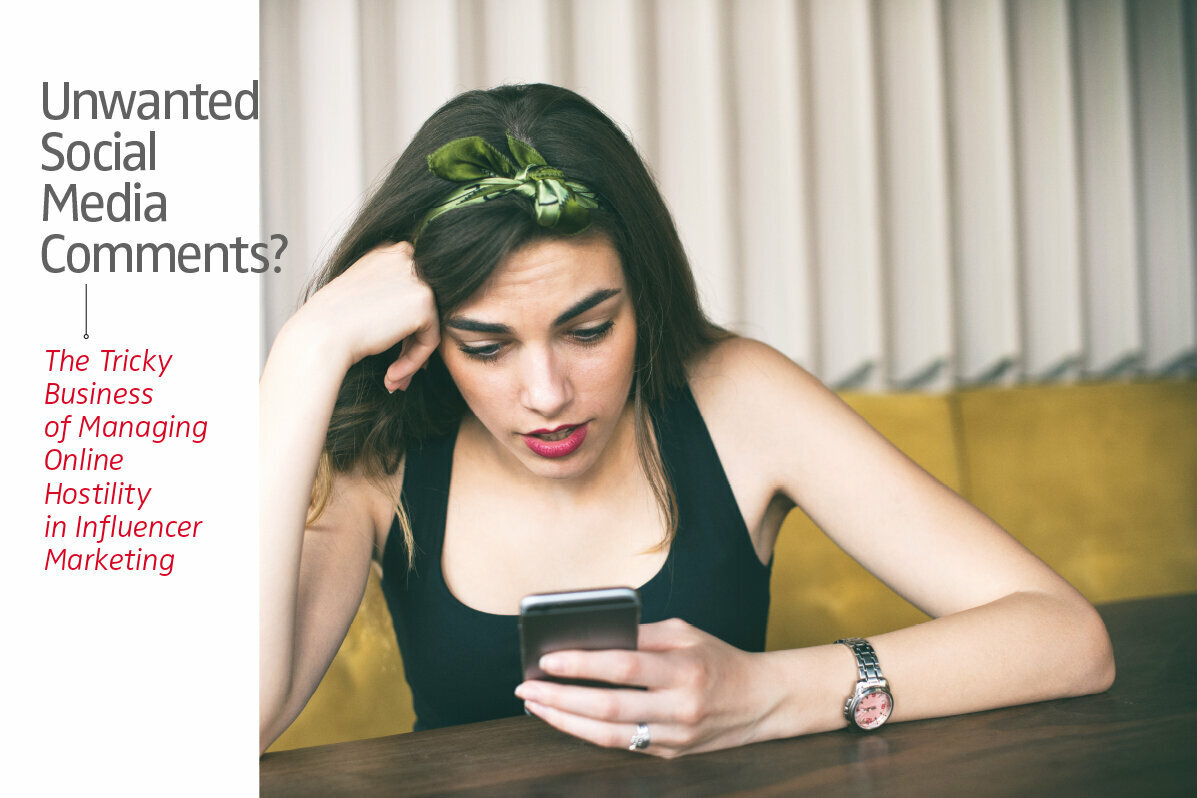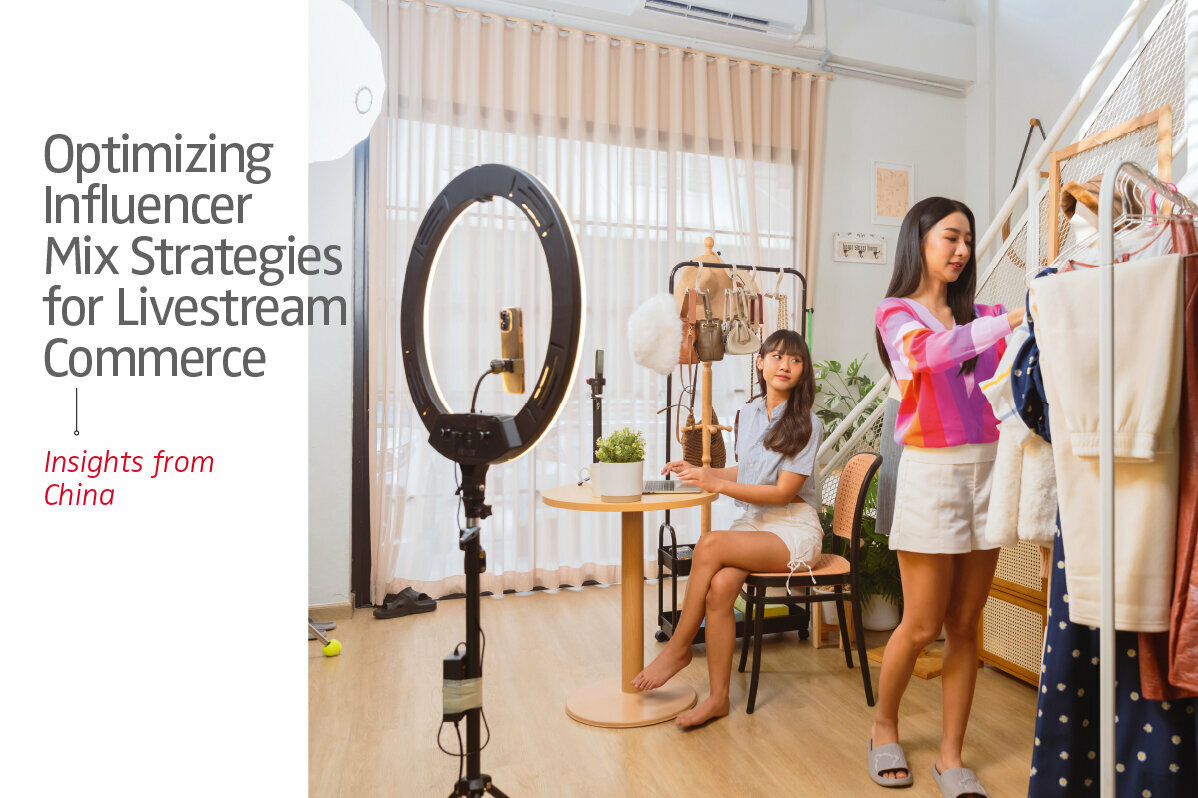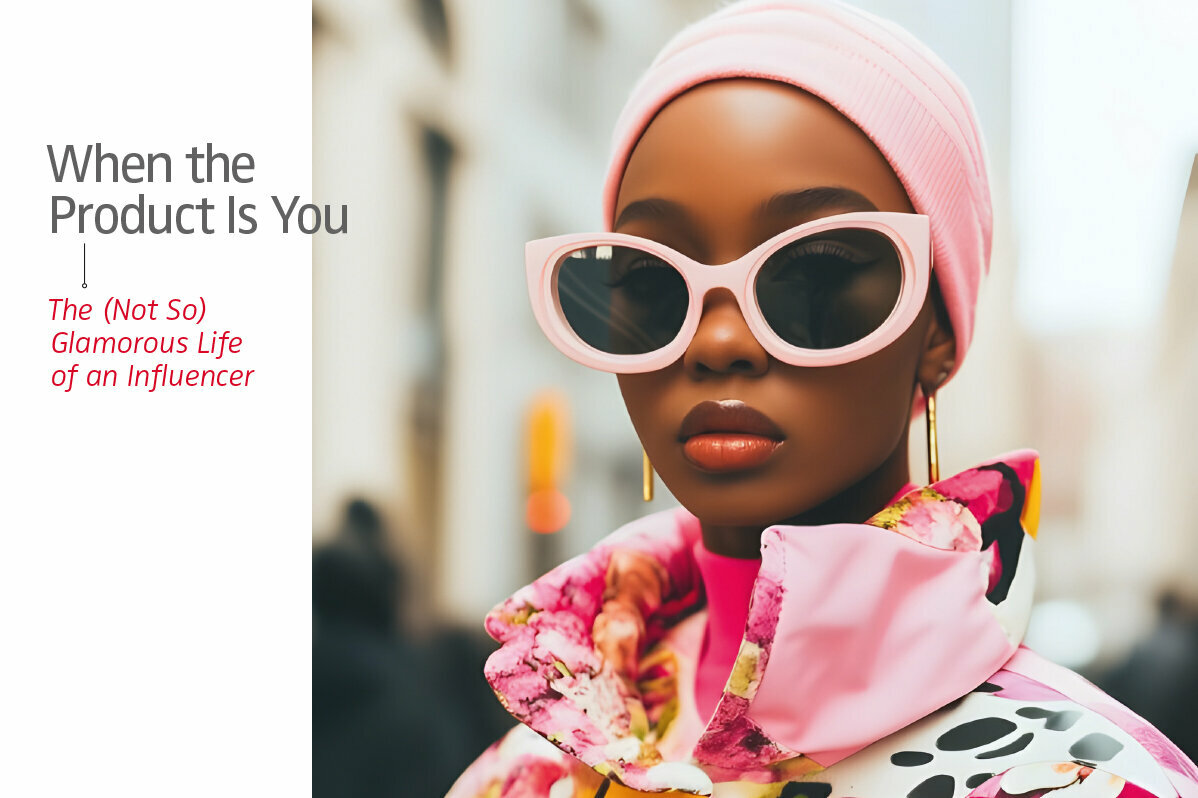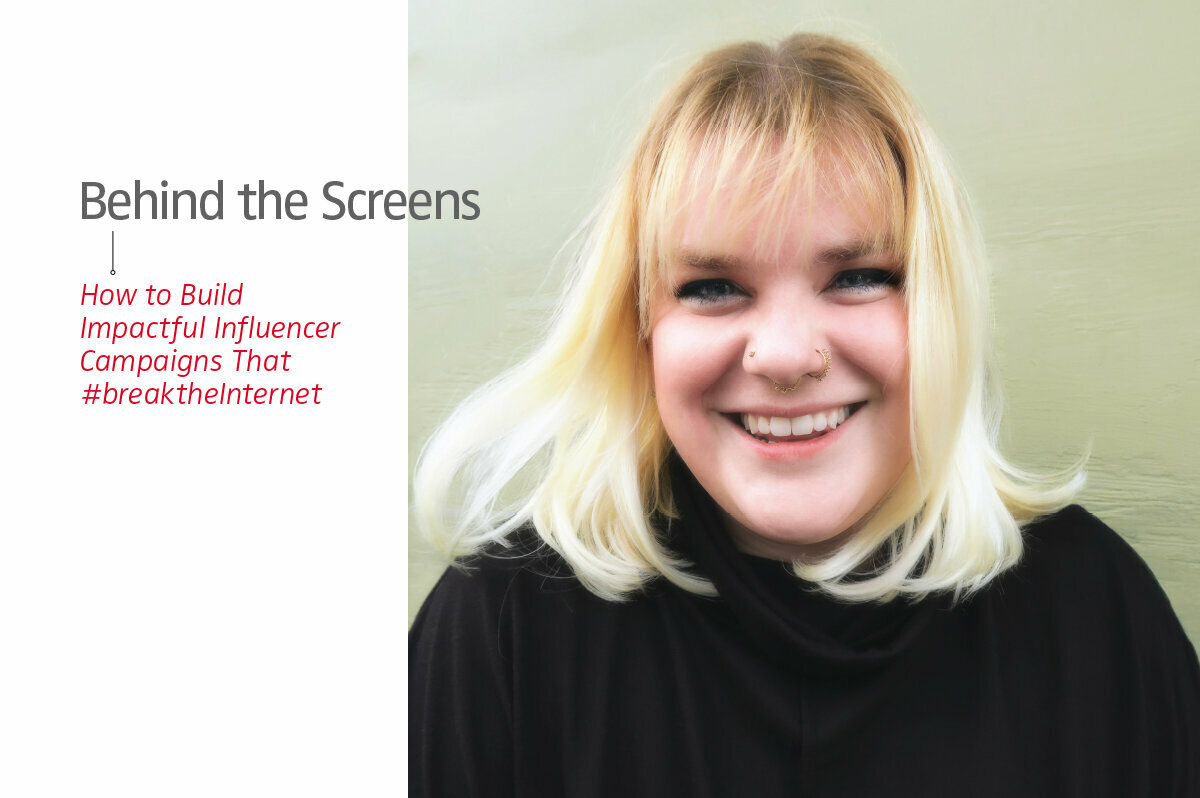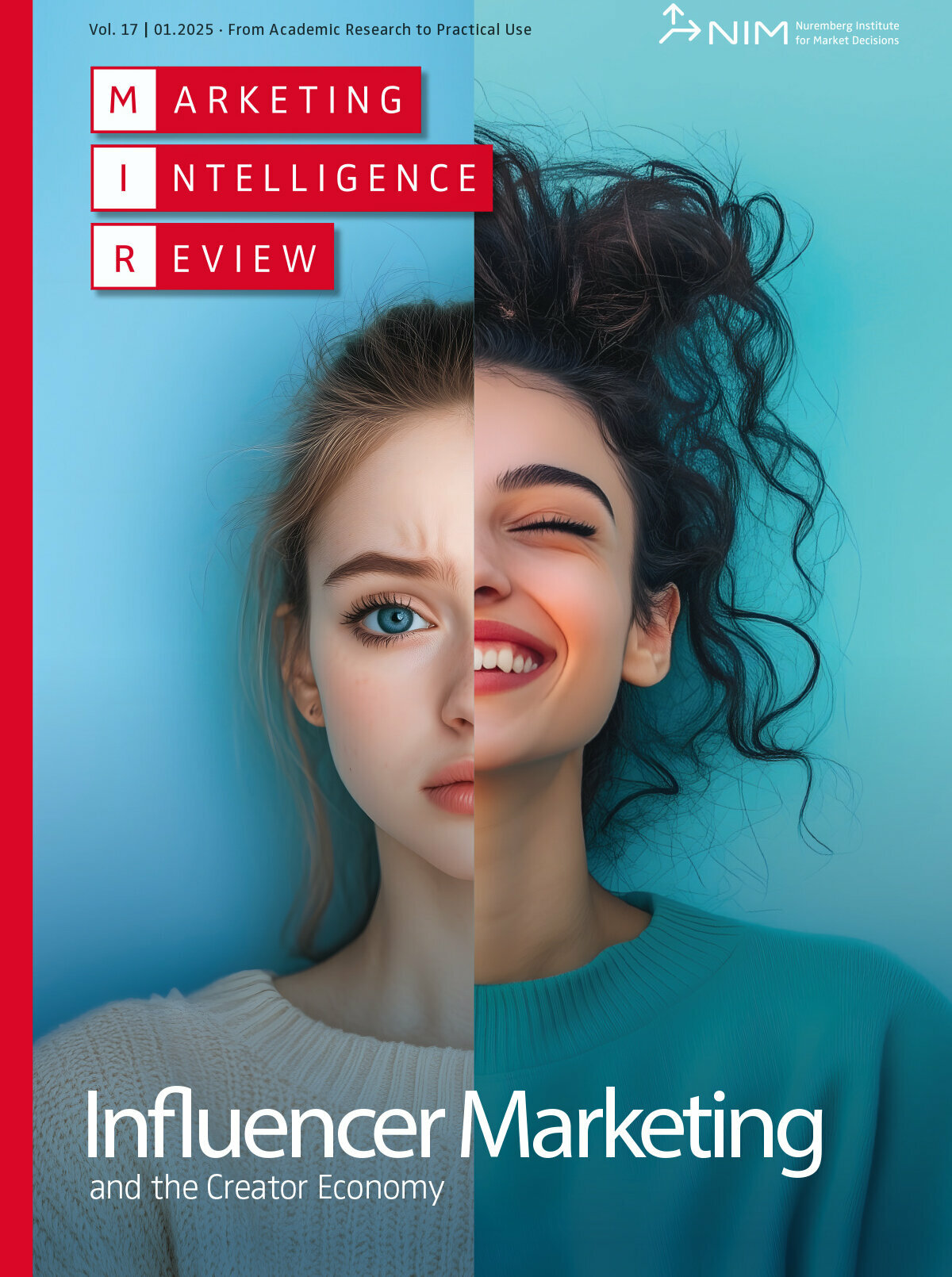When Fans Become Anti-Fans: How to Navigate Negative Influencer–Follower Relationships
Influencers’ success hinges on more than just polished images and clever captions. At its core is an “intimacy pact”—a subtle, often unspoken, agreement that influencers will create an illusion of intimacy in exchange for followers’ support. Both sides benefit from this arrangement. Followers enjoy a “parasocial relationship” with influencers; they feel as though they personally know influencers that regularly share “private” moments and actively respond to their comments, fostering a sense of intimacy. In return, followers reward influencers with attention and engagement, commodities that can be monetized through display advertising and brand partnerships. Yet, while this intimacy pact underpins influencers’ commercial success, it is fragile and fraught with risk; when broken, it can swiftly turn admiring fans into outspoken critics.
When the intimacy pact breaks: From fan to anti-fan
The intimacy pact is built on shaky ground, as parasocial relationships between influencers and followers are inherently one-sided, built on a carefully crafted illusion of intimacy. When influencers become more guarded about topics they once shared freely due to increasing privacy concerns, become less committed to interacting with their growing fan base or begin to heavily moderate their comments sections in ways that censor even constructive criticism from followers, this illusion shatters, leaving followers feeling excluded and ignored. Followers’ disillusionment intensifies when influencers ramp up their commercial activity, leaving followers feeling exploited. When followers feel an influencer is no longer upholding their side of their unspoken agreement, the intimacy pact crumbles and parasocial relationships sour, with feelings of friendship and admiration quickly giving way to anger and contempt.
Interestingly, rather than simply unfollowing, many disappointed followers rally together on “gossip forums” like Tattle Life, Guru Gossip or GOMI (“Get Off My Internets”) to vent about influencers. On these forums, the normally unspoken intimacy pact is vocalized as forum members discuss influencers’ perceived failure to fulfill their end of the bargain. In these communities, former fans become anti-fans, devoted to critiquing and retaliating against the influencers they once loved.
For sustainable success, influencers must preserve the illusion of intimacy that underpins the intimacy pact, particularly as their commercial activities increase.
The appeal of anti-fan communities: Rebuilding intimacy and seeking retaliation
We studied two popular anti-fan communities, each with around 200,000 members, and found that anti-fans used these forums to rebuild the illusion of intimacy that influencers failed to sustain. Anti-fans filled gaps in influencers’ narratives with their own theories, backed up with “evidence” gathered through extensive online research, which often cast influencers in a negative light. They also perpetuated the belief that influencers read their forum threads by interpreting influencers’ social media content as attempts to address forum members’ critiques. This enabled anti-fans to feel seen and acknowledged by influencers, despite feeling ignored on other platforms. Additionally, since anti-fans believe influencers have broken the established intimacy pact, they deliberately choose not to uphold their own side of this agreement. They used the forums to maintain intimate knowledge of the influencer’s activities without directly viewing the influencer’s content, preventing their attention from being monetized by the influencer. The forum also enabled anti-fans to retaliate through mass reporting of noncompliant posts to regulators, mass complaints to brands partnering with influencers and collective boycotts of these brands. Figure 1 shows what we found on how the intimacy pact is formed, why it breaks and the anti-fan behaviors that can ensue. It includes typical posts from the forums to illustrate our findings.
How anti-fans can harm influencers and endorsed brands
The anti-fan behaviors prompted by a broken intimacy pact can harm the reputation and commercial success of influencers and the brands they endorse. Even though such anti-fan behaviors take place in online forums that are separate from influencers’ own social media profiles and content, they can cause damage in various ways.
> Reputational damage
When influencers’ names are searched online, anti-fan communities often rank highly in the search engine results. Influencer critique is therefore highly visible to those seeking information about an influencer. Existing fans might therefore be sensitized to critical perspectives on influencers, while prospective brand partners might be deterred. Indeed, our study found that many anti-fans first discovered the anti-fan communities by searching for an influencer online.
> Commercial damage
In addition to harming the reputation of an influencer, anti-fan communities also produce ways for consumers to access an influencer’s content without benefiting them financially. Forum users shared links to websites that enabled them to access influencers’ YouTube videos whilst blocking display advertising. Others offered witty recaps or comedic parodies of influencers’ content, enabling forum members to gain knowledge of the influencer’s life without providing monetizable views in return. These activities can reduce the visibility of influencers’ brand endorsements, decreasing the effectiveness of influencer marketing campaigns.
> Legal problems, negative sentiment and brand boycotts
Furthermore, anti-fan communities rally together to retaliate against influencers, demanding that regulators punish them for improperly disclosed brand endorsements. They also turned against the brands these influencers endorsed, commenting negatively on the brand’s social media posts, sending emails to members of the brand’s marketing team and threatening to boycott these brands should they continue to work with these influencers.
For sustainable success, influencers must preserve the illusion of intimacy that underpins the intimacy pact, particularly as their commercial activities increase.
How influencers can prevent anti-fan retaliation
For sustainable success, influencers must preserve the illusion of intimacy that underpins the intimacy pact, particularly as their commercial activities increase. They must keep the nature and frequency of their postings at the expected level, even when there is no direct financial benefit, as followers are skeptical of influencers who only hold up their end of the intimacy pact when there is clear commercial intent. Further, they must remain responsive to their follower base even as it grows and avoid deleting or blocking critical comments on their social media content, as this motivates participation in anti-fan communities as spaces free from censorship. We recommend that influencers allow their followers to express reasonable constructive criticism and listen and react to followers’ concerns. While this may be more time-consuming than the common censorship approach, such responsiveness enables followers to feel seen by the influencer, preserving the intimacy pact and thus reducing the likelihood and scale of anti-fan movements. Figure 2 summarizes our key recommendations to influencers.

How brands can avoid being targeted by anti-fans
The nature of influencers’ relationships with their followers is attractive to brands. However, brands must understand that consumers’ feelings of love and adoration for their favorite influencers are not cast in stone. If influencers break their side of the intimacy pact, parasocial relationships can quickly sour, and resultant anti-fan behaviors not only affect influencers but the brands they endorse as well. Therefore, when selecting influencers for influencer marketing campaigns, brands must look beyond their follower count, as the benefits of a larger follower base may not outweigh the risks posed by disgruntled anti-fans. To safeguard their reputation and ensure the success of their campaigns, brands should take a closer look at influencer–follower relationships to assess the risks associated with prospective influencer partnerships. Understanding the nature and dynamics of these relationships will help managers to establish which influencers foster genuine and lasting connections with their followers and which have large, disgruntled anti-fan communities that may negatively impact the brand. Assessing the influencer’s responsiveness to their fan base and their ratio of commercial to organic content, as well as monitoring anti-fan activity surrounding the influencer on leading gossip forums, can help brand managers avoid influencer marketing partnerships likely to lead to high levels of negative sentiment or threats of brand boycotts (see Figure 3).

Prevention is better than cure
As anti-fan communities can cause substantial harm, influencers, their management teams and brand managers involved in influencer marketing campaigns should take measures to reduce the likelihood of being targeted by anti-fan communities. For brands, this means looking beyond surface-level metrics like follower counts and engagement rates to introduce a more thorough screening process when selecting influencers for influencer marketing campaigns. For influencers and their management teams, this means taking measures to avoid parasocial relationships souring in the first place, to prevent fans from becoming anti-fans. The rise of anti-fan communities underscores the consequences of neglecting the fragile intimacy pact that underpins influencers’ success, and our research provides insight into the measures that influencers can take to safeguard it. In our study, we observed no evidence of anti-fans returning to fandom, and prevention is therefore better than cure. A proactive approach to managing these relationships will therefore determine who thrives and who falters in the world of influencers.
FURTHER READINGS
Mardon, R., Cocker, H., & Daunt, K. (2023). When parasocial relationships turn sour: Social media influencers, eroded and exploitative intimacies, and anti-fan communities. Journal of Marketing Management, 39(11–12), 1132–1162. https://doi.org/10.1080/0267257X.2022.2149609
Mardon, R., Cocker, H., & Daunt, K. (2023). How social media influencers impact consumer collectives: An embeddedness perspective. Journal of Consumer Research, 50(3), 617–644. https://doi.org/10.1093/jcr/ucad003
Duffy, B. E., Miltner, K. M., & Wahlstedt, A. (2022). Policing “fake” femininity: authenticity, accountability, and influencer antifandom. New Media & Society, 24(7), 1657–1676. https://doi.org/10.1177/14614448221099234


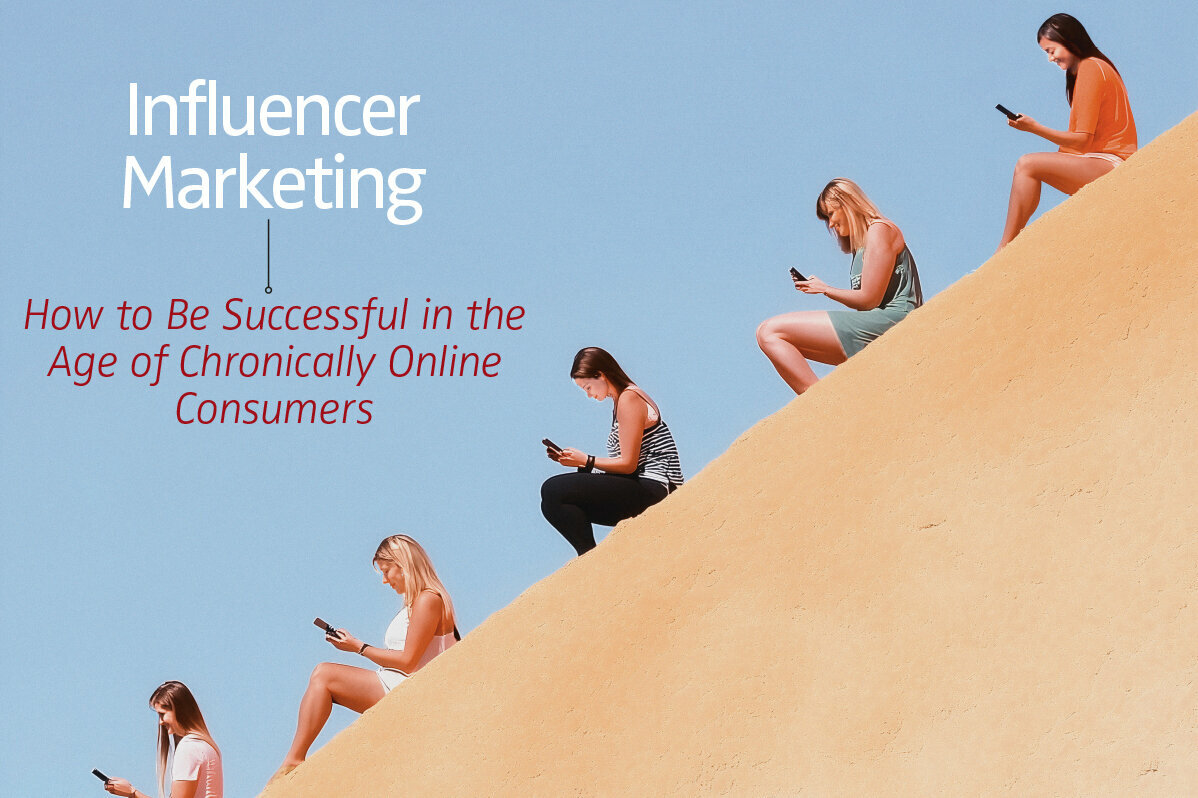
![[Translate to English:] Cover Reosengren ea deutsch](/fileadmin/_processed_/4/8/csm_Startbild_Rosengren_17_1_DE_62e08de5ba.jpg)
